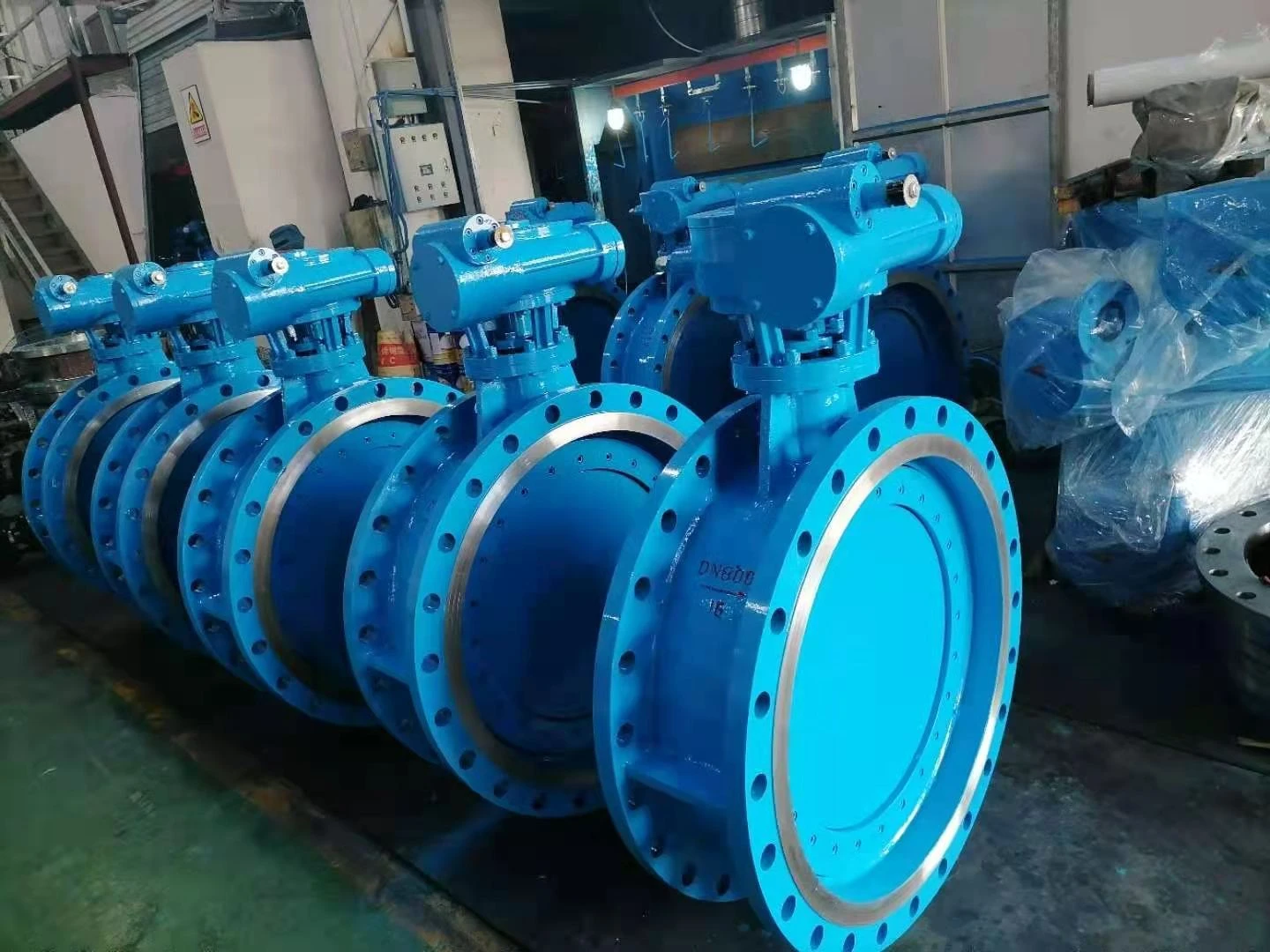12 月 . 04, 2024 16:29 Back to list
spline gage calibration
Understanding Spline Gage Calibration Ensuring Precision in Measurement
Spline gages, used primarily in manufacturing and quality control, are essential tools for measuring and ensuring the integrity of complex shapes and profiles. Like any precision instrument, spline gages require careful calibration to maintain accuracy and reliability. This article delves into the importance of spline gage calibration, the methods involved, and the best practices to ensure optimal performance.
What is a Spline Gage?
A spline gage is a specialized measuring tool designed to evaluate the dimensions of splines, which are grooves or ridges on a mechanical component. These gages are crucial in industries such as automotive, aerospace, and machinery manufacturing, where precise fits between parts are vital for operational efficiency and safety. Spline gages can measure various spline characteristics, including pitch diameter, major diameter, and the angular relationship between teeth.
The Importance of Calibration
Calibration is the process of configuring an instrument to provide a result for a sample within an acceptable range. In the case of spline gages, calibration ensures that the measurements they provide are accurate and consistent over time. The importance of calibration can be summarized as follows
1. Accuracy Over time, tools can wear down or change due to environmental factors. Regular calibration ensures that spline gages remain accurate, providing reliable measurements.
2. Quality Control Calibration is crucial in manufacturing processes, where compliance with specifications is mandatory. Accurate measurements directly impact product quality, reducing the likelihood of defects.
3. Cost Efficiency By ensuring that tools are calibrated correctly, companies can avoid costly mistakes, reworks, or recalls that result from erroneous measurements.
4. Regulatory Compliance Many industries operate under strict regulatory standards that require documented calibration processes. Compliance with these standards is essential to maintain certifications and avoid penalties.
Calibration Techniques
Calibrating a spline gage involves several steps and techniques to ensure precision
. Here are the primary methods typically used1. Reference Standards Calibration is performed against known reference standards or master gages that have been precisely measured. These references must themselves be calibrated and traceable to national or international standards.
spline gage calibration

2. Measurement Techniques Various measurement techniques can be employed, including optical measuring systems, coordinate measuring machines (CMM), and traditional mechanical gauging. The choice of method depends on the specific application and available equipment.
3. Documentation A comprehensive calibration record should be maintained to document the calibration process, results, and date of the next scheduled calibration. This documentation is crucial for audits and compliance checks.
4. Environmental Control Calibration should take place in a controlled environment to minimize temperature fluctuations and humidity, which can affect measurements.
Best Practices for Spline Gage Calibration
To ensure that spline gages perform at their optimal level, adhering to best practices in calibration is necessary
1. Regular Calibration Schedule Establish a routine calibration schedule based on usage frequency, manufacturer recommendations, and industry standards. Regular checks help identify any drift in measurements early.
2. Training Personnel Ensure that personnel conducting calibrations are trained and knowledgeable about the specific gages and the calibration process. This training helps maintain consistency and accuracy.
3. Stay Updated Technologies and standards evolve; thus, staying informed about new calibration techniques and regulatory changes is crucial for effective quality management.
4. Use Proper Tools Employ the correct tools and techniques during calibration. This may include specialized fixtures and tools designed for specific spline types.
5. Implement a Feedback Loop Use the data collected from calibration to refine processes and identify potential areas for improvement. Regularly review and adapt the calibration process as needed.
Conclusion
Spline gage calibration is a vital process in the manufacturing industry, ensuring that measurements are accurate and reliable. By adhering to established calibration techniques and best practices, companies can maintain the precision of their spline gages, ultimately leading to enhanced product quality and operational efficiency. As industries continue to evolve, the commitment to accurate measurement and calibration will remain a cornerstone of success in manufacturing.
-
Y Type Strainers: A Comprehensive GuideNewsOct.18,2024
-
Understanding Water Valve Options for Your NeedsNewsOct.18,2024
-
Functions and TypesNewsOct.18,2024
-
An Essential Component for Fluid SystemsNewsOct.18,2024
-
Adjustment and ReplacementNewsOct.18,2024
-
Slow Closing Check Valves: A Key Component in Fluid SystemsNewsOct.08,2024
Related PRODUCTS









